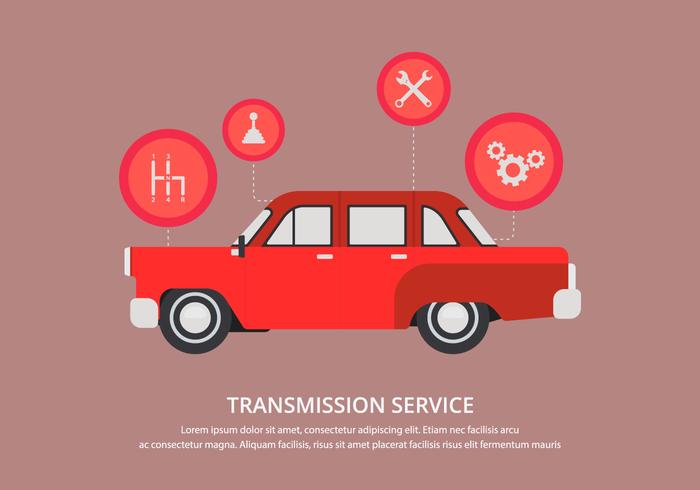When you lag the wheel, those beautiful warning lights on your control panel can be a little bit puzzling. Do you know what they're trying to tell you regarding your automobile's health and wellness? Understanding the relevance of these lights is crucial for your security and the long life of your lorry. So, the following time among those lights turns up, would not you intend to analyze its message accurately and take the needed steps to address it?
Common Warning Lighting and Interpretations
Recognize usual warning lights in your automobile and recognize their meanings to make sure safe driving.
One of the most regular warning lights include the check engine light, which signifies issues with the engine or discharges system. If this light begins, it's critical to have your vehicle inspected quickly.
car groomers auckland advising light suggests reduced oil pressure, needing immediate focus to stop engine damages.
A flashing battery light could recommend a defective charging system, potentially leaving you stranded if not addressed.
The tire pressure monitoring system (TPMS) light signals you to low tire stress, affecting automobile security and fuel performance. Ignoring this could lead to risky driving conditions.
https://www.pushsquare.com/guides/gta-online-best-auto-shop-to-buy suggests a trouble with the anti-lock braking system, jeopardizing your ability to quit promptly in emergencies.
Finally, the coolant temperature level advising light warns of engine getting too hot, which can lead to severe damage otherwise dealt with quickly.
Recognizing these usual warning lights will certainly aid you deal with problems without delay and keep risk-free driving problems.
Importance of Prompt Interest
Understanding the common caution lights in your vehicle is only the primary step; the relevance of promptly dealing with these warnings can not be stressed sufficient to guarantee your safety when driving.
When a caution light illuminates on your dashboard, it's your automobile's way of interacting a potential problem that needs focus. Overlooking these warnings can lead to more extreme problems down the road, compromising your security and potentially costing you much more out of commission.
Trigger interest to warning lights can stop malfunctions and accidents. For example, a flashing check engine light can show a misfire that, if left neglected, can create damages to the catalytic converter. Addressing this immediately can conserve you from an expensive repair work.
Similarly, a brake system alerting light might indicate low brake fluid or used brake pads, essential parts for your safety and security when driving.
DIY Troubleshooting Tips
If you observe a caution light on your dashboard, there are a few DIY repairing pointers you can attempt prior to looking for professional aid.
The very first step is to consult your car's manual to recognize what the particular caution light suggests. Often the issue can be as simple as a loosened gas cap setting off the check engine light. Tightening cargroomers might settle the problem.
One more typical problem is a reduced battery, which can cause various advising lights. Inspecting the battery links for deterioration and guaranteeing they're safe might deal with the trouble.
If a caution light persists, you can attempt resetting it by separating the automobile's battery for a couple of minutes and after that reconnecting it. In addition, examining your car's liquid levels, such as oil, coolant, and brake liquid, can aid repair advising lights related to these systems.
Conclusion
In conclusion, understanding your cars and truck's caution lights is crucial for maintaining your lorry running efficiently and securely. By immediately dealing with these notifies and recognizing what they imply, you can prevent expensive repair work and prospective breakdowns.
Keep in mind to consult your auto's manual for particular details on each advising light and do something about it appropriately to ensure a hassle-free driving experience.
Stay educated, stay safe when traveling!
